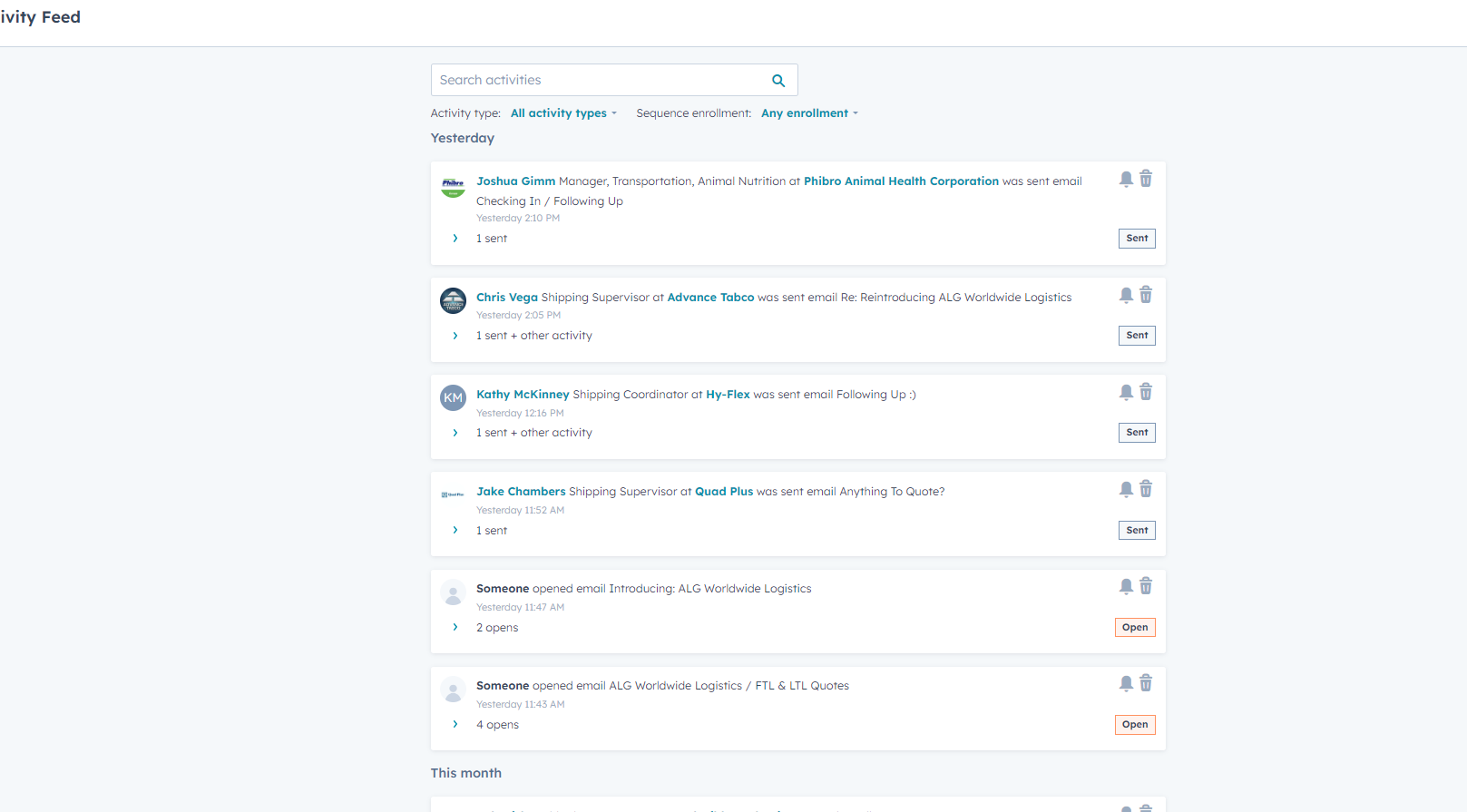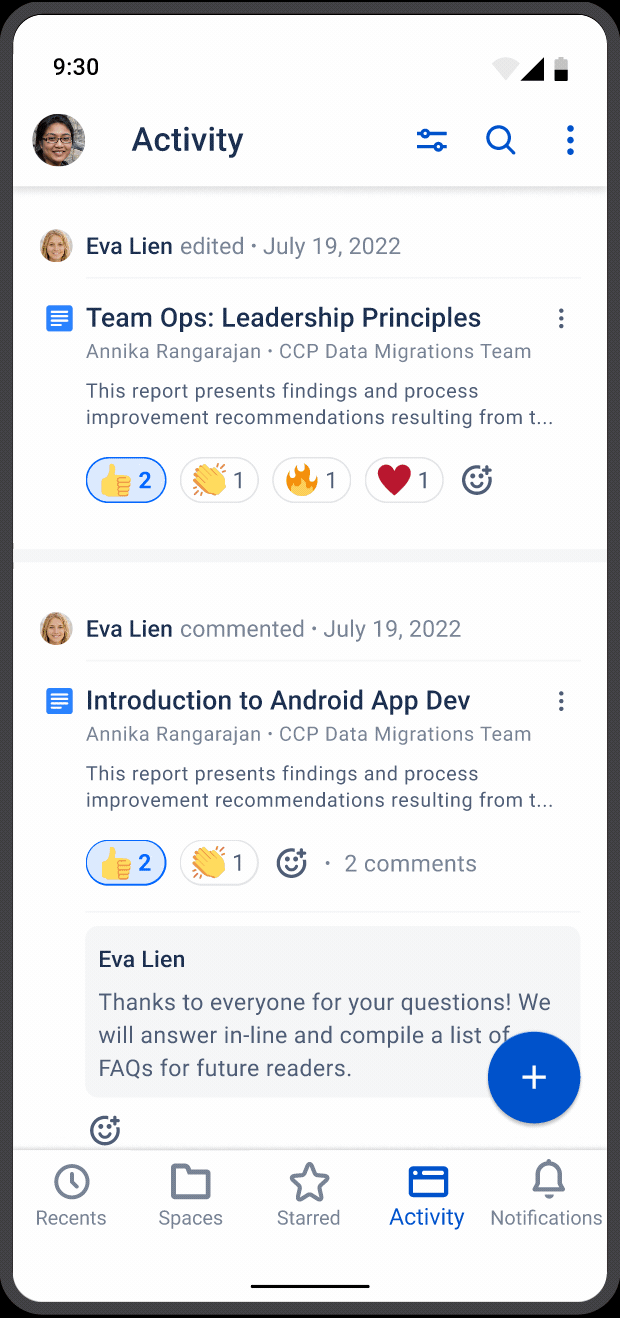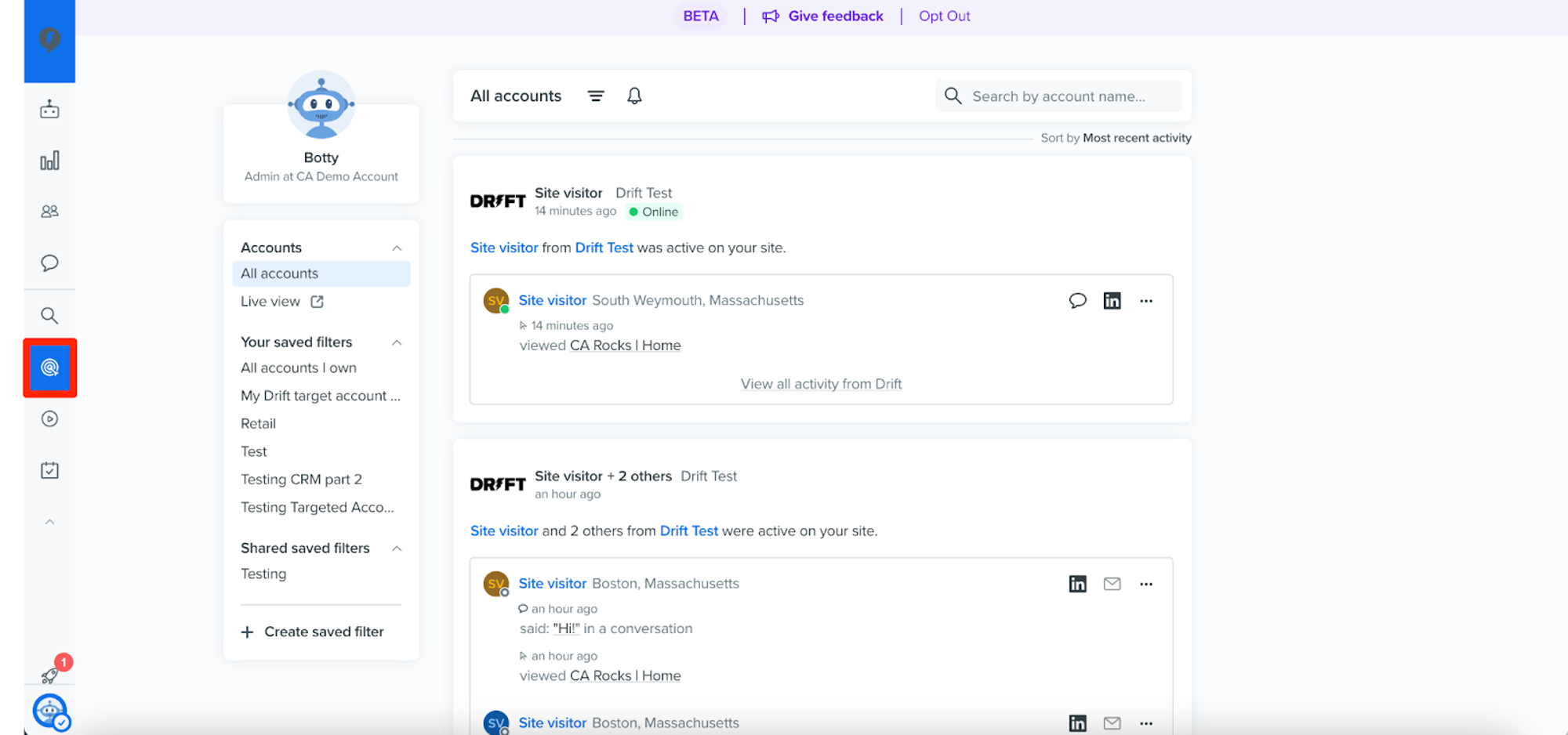Activity feeds give users a real-time stream of updates about new content, actions, and changes in an application that are relevant to them.
They are a great way to increase user engagement by helping them be more successful in your application. In the B2B SaaS space, where workflows are complex, and collaboration is often the primary goal, activity feeds can help provide a cohesive user experience. They serve as a centralized hub of notifications and updates that inform users of critical changes, keeping everyone in sync. Providing a snapshot of recent activities allows team members to quickly catch up on what they've missed, thus reducing the time spent searching for information and increasing productivity.
However, integrating an activity feed into your product has its challenges. It requires a thoughtful approach to design and functionality to ensure that the feed enhances, rather than disrupts, the user experience. An effective activity feed must be finely tuned to deliver personalized and relevant information without overwhelming users. The goal is to create a seamless flow of information that supports the user's day-to-day tasks and boosts their overall success with your application.
In this two-part series, we want to introduce you to the ideas underpinning activity feeds and why you should consider them for your application before showing you how to build an activity feed for your product.
Some B2B SaaS activity feeds for inspiration
Let’s look at a few activity feed examples.
First, we have this from HubSpot. Here, the activity feed shows how customers interact with an email campaign the HubSpot user created.

(Source: HubSpot)
The feed is organized chronologically with entries from "Yesterday" and "This month" as the primary time categories. Each entry in the feed includes:
- The name of a person and their job title (such as "Manager, Transportation" or "Shipping Coordinator").
- The name of the organization they are associated with.
- A brief description of the activity, for example, "was sent email Checking In / Following Up" or "was sent email Reintroducing ALG Worldwide Logistics."
- A timestamp of when the activity occurred.
There are also ways for the user to interact with the notification, such as flagging the activity for further action. The design is clean, which is essential for an activity feed as it must clearly present a lot of new, moving information.
This activity feed from Atlassian is a little different. This is the Confluence activity feed on Android.

(Source: Atlassian)
This is an example of an internal activity feed for a team-based product. Here, the activity feed is used for team collaboration and document sharing, with functionalities for commenting and reacting to shared content. You can also follow your co-workers in the Confluence feed, blurring the lines between a social media feed and a SaaS app.
Here’s a more regular activity feed from Drift, used to monitor engagement and follow up with leads or customers:

(Source: Drift)
This activity feed shows website visitors and any interactions with them through Drift. Each entry has information about the site visitor, and the conversation thus far, and can interact further with the visitor, either through the Drift app or through email. You can also find more information about the user through LinkedIn.
Again, the interface is clean and modern and designed to monitor visitor activity and real-time interactions.
The benefits of activity feeds
The core benefit of activity feeds that cuts across all use cases is awareness.
You use an activity feed in your application to inform users of what is happening. Let’s take the HubSpot example above. The activity feed informs users of what is happening with email campaigns–what emails have been sent, to whom, and whether the recipient has interacted with the email. This gives HubSpot users an immediate understanding of how the email campaign performs.
From this benefit to users comes benefits to the product:
- User engagement. Activity feeds can enhance user engagement by providing constant, relevant content. They encourage users to interact more frequently with the application, as they can quickly see new updates and respond in real-time. This feature makes the app more dynamic and interactive, leading to longer session times and more frequent visits.
- User retention. Activity feeds play a role in retaining users by keeping them informed and engaged. They create a habit loop for users, who return to the app to check for updates and notifications. This regular interaction fosters a deeper connection with the app. The ability to then personalize feeds, showing content based on user behavior and preferences, makes the app more relevant to the user, thereby increasing the likelihood of them staying engaged over time.
- User insight. Activity feeds provide valuable data on user behavior, preferences, and engagement patterns. By analyzing interactions with the feed, such as clicks, likes, shares, and the time spent on different types of content, developers and marketers can gain insights into what users find most appealing and engaging. This information can be used to tailor the app's content strategy, improve features, and even direct product development efforts to better meet user needs.
There are also secondary benefits to users from activity feeds beyond simple awareness. In the HubSpot example above, users will be excited to see their campaigns working in real time. This little dopamine hit will make them more engaged with the activities and further engaged with the app. The same goes for Atlassian–Annika will probably be thrilled to get a heart emoji from her boss on her leadership principles doc.
User engagement and retention also come from another avenue–a lack of task-switching. If the user has to check other applications or windows for updates continually, they will lose focus and will likely get lost elsewhere. The Drift feed shows this. Users can check LinkedIn from within the app without heading off to a new tab, open LinkedIn, type in the person’s name, and then find the necessary information. Instead, the activity feed condenses that workflow into a single click.
The key components of an activity feed
What design and product features do each of the example feeds above exhibit?
Relevance
Whatever is presented in the activity feed should be relevant to the user. The idea is to bring them further into the app, not remove them from their work. Relevance comes initially from the information you provide in the activity feed. In the case of the HubSpot example, email usage is relevant to a marketer following a campaign. Three other components can increase relevance:
- Personalization. Personalization algorithms can tailor the feed to the user’s behavior, preferences, and past interactions. By analyzing user data and activity, the feed can dynamically present the most pertinent information to each user. For instance, a marketer using HubSpot would see the most recent and relevant campaign data based on the past activities and campaigns they are managing.
- User customization. Allowing users to set preferences for what they wish to see in their activity feed empowers them to customize the content to their needs. Features like filtering by topic, project, or team and muting less relevant threads or notifications can help users maintain focus on what's most important to them. In a practical sense, users could customize their feed in HubSpot to monitor specific campaign metrics that they find most indicative of performance.
- Contextual information. Including contextual information such as related projects, previous activities, or upcoming deadlines can make each item in the feed more informative. Embedding links to related reports, conversations, or tasks in the feed items can provide a more holistic view and understanding of the activity. For example, a feed item in HubSpot about a recent email campaign could include open rates, how those rates compare to past campaigns, and how they correlate with subsequent conversions or sales.
By combining these components, an activity feed can become a powerful tool for keeping users informed and engaged, ensuring they have a clear, concise, and relevant stream of information at their fingertips.
Timeliness
Activity feeds need to display content that is relevant and timely. Users expect to see the latest updates and actions in their feed. The challenge lies in balancing the need for real-time updates without overwhelming the user. The success of an activity feed in maintaining user engagement often depends on its ability to provide up-to-date information.
Timeliness comes down to two factors. The first is technical. One of the primary technical considerations in building an activity feed is the choice between push and pull mechanisms for updating the feed.
- In push systems, updates are sent in real-time from the server to the client, often using technologies like WebSockets. This approach is ideal for applications with crucial immediate content updates, ensuring the feed is constantly refreshed with the latest information.
- Pull systems require the client to request updates from the server periodically. Typically implemented through traditional HTTP requests, this approach is more suited to applications where real-time updates are less critical.
The second is user-controlled preferences. An activity feed should allow users to customize how and when they receive updates, giving them control over the timeliness of their feed. Users could receive some updates in real-time, while others could be summarized in a daily digest. For example, a project management tool might offer real-time updates for task completions but provide daily summaries for general project progress.
Interactivity
Features like commenting, liking, and sharing are integral, enabling users to interact with the content and notifications. Within an activity feed based around team activity, this interactivity fosters a sense of teamwork among users, making the feed more than a passive viewing experience.
All three examples above use interactivity, whether just flagging the activity for further review in HubSpot or the full commenting, liking, and sharing of Atlassian, interactivity is a critical component that enhances user engagement and collaboration. This engagement improves the user experience by making it more social and connected and provides valuable data to the platform regarding which features are most used and appreciated.
Challenges and pitfalls of activity feeds
Developing and maintaining activity feeds come with unique challenges and pitfalls that can impact user experience and technical performance.
The first is scaling. Imagine the Drift activity feed if you had 1,000 visitors to your site. Or the Atlassian activity feed with 100 team members. Both would be constantly updating, and it would be impossible to find relevant information. The feed would become overwhelming for the user.
The simplest solution here would be strong user preferences. Allowing users to control what they see and when would remove much of this burden. This requires more backend complexity but a much better user experience.
The second is design. Activity feeds must be designed to allow users to understand information at a glance. This includes a clean layout, intuitive icons, and a clear information hierarchy. Poor design can lead to confusion and a steep learning curve, which may drive users away.
A well-designed feed also needs to account for the cognitive load on the user. Too much visual complexity or dense text can be counterproductive. Simplifying the presentation of information with visual cues such as color coding, avatars, and icons can enhance comprehension.
The third is managing the signal-to-noise ratio. An activity feed must strike the right balance between being informative and not overwhelming. It should filter out the 'noise' or less essential updates and highlight the 'signal' or the most relevant and critical information.
Without careful management, users can quickly become frustrated with unimportant notifications, leading to notification fatigue and potential disengagement from the feed or the product itself.
Building an activity feed
Activity feeds help both the user and the product. For the user, they allow them to work better and more efficiently, giving them the real-time information they need to perform their job. For products, they increase engagement and retention, keeping users coming back for more.
If you are adding an activity feed to your product, try Knock for free by signing up for a free account and get started by checking out our in-app feed docs.